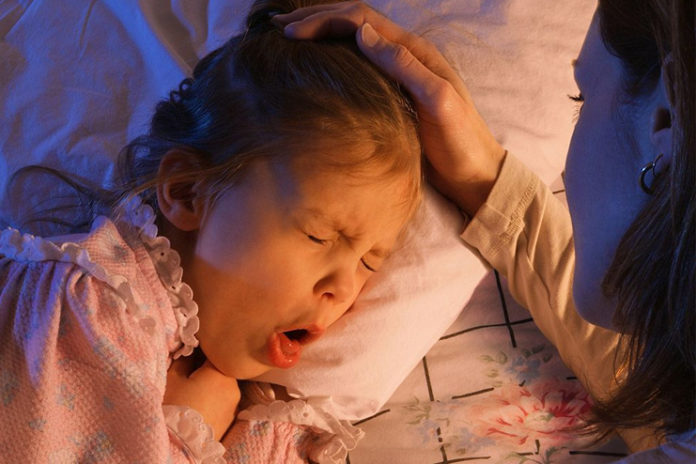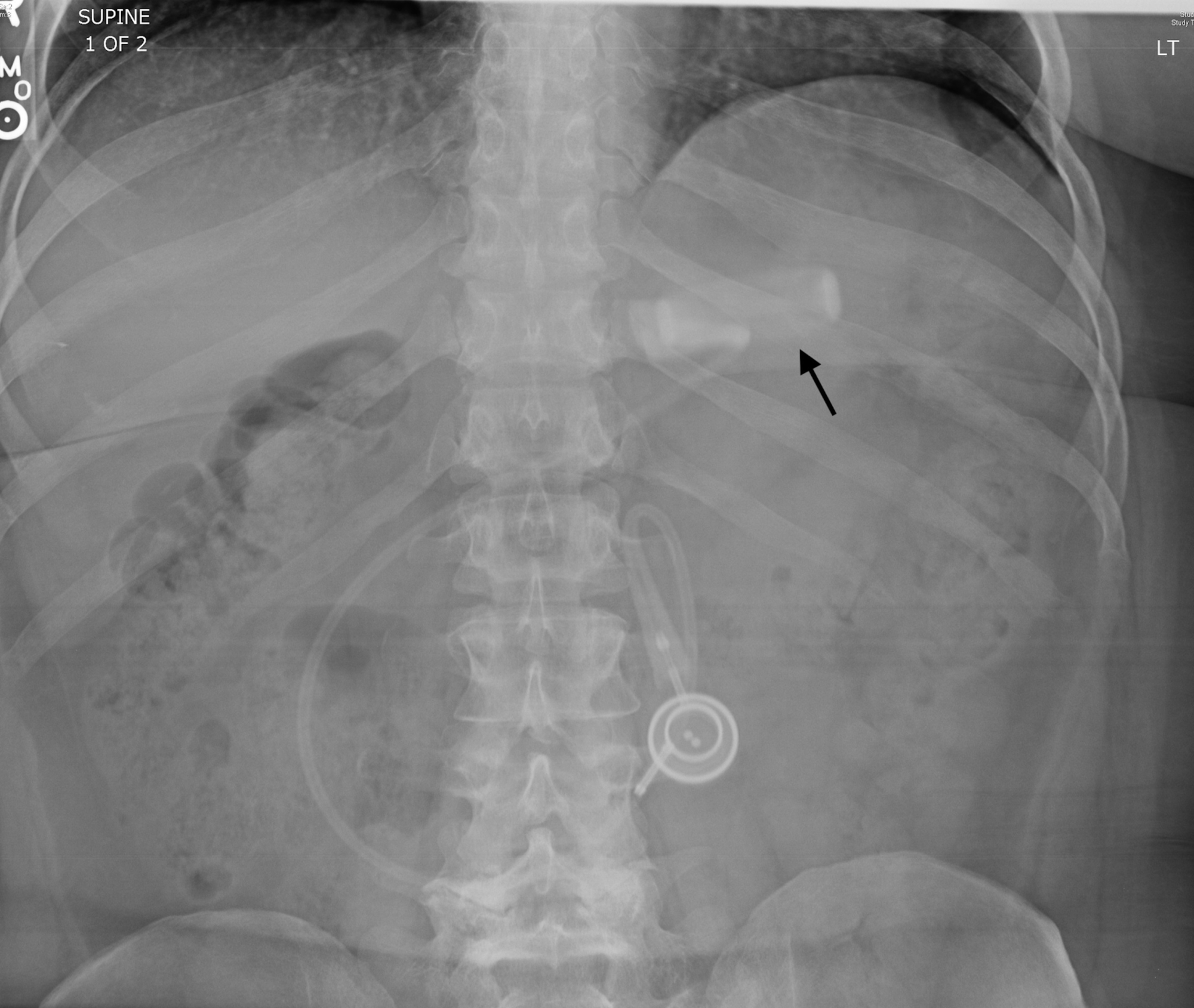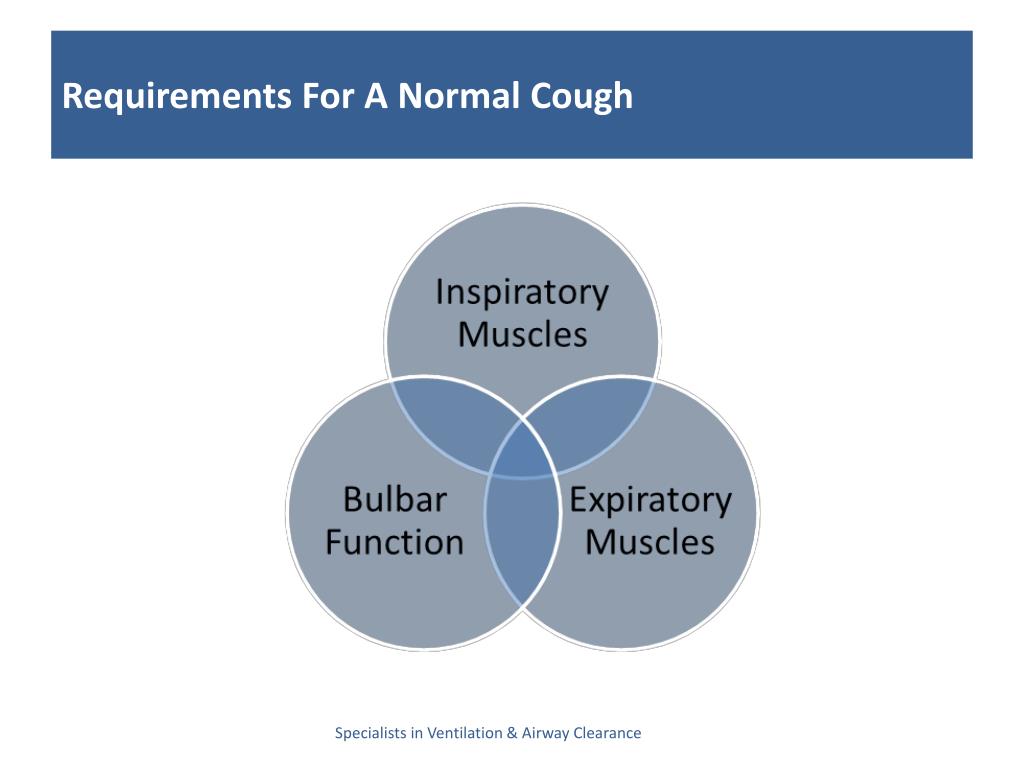

According to a recent online survey in Japan, the nationwide prevalence of chronic cough was 2.9% at the time of the survey, while 4.3% of the participants who experienced cough in the past 12 months had cough lasting more than 8 weeks.



The global prevalence of chronic cough varies from 2 to 18% in different geographical regions, as identified in a systematic review and meta-analysis of 90 studies. Cough is categorized based on duration: acute cough, subacute cough, and chronic cough, with each defined as lasting up to 3 weeks, 3 to 8 weeks, and lasting for more than 8 weeks, respectively. It is one of the most frequently reported symptoms, and is responsible for up to 12% of overall consultations at outpatient clinics and hospitals in Japan.
#SOCIETAL IMPACT OF NOCTURNAL COUGH REGISTRATION#
The study was approved by the Medical Corporation Toukeikai Kitamachi Clinic (IRB registration number: 11001110).Ĭough is one of the most common symptoms experienced worldwide by patients seeking medical care.
#SOCIETAL IMPACT OF NOCTURNAL COUGH TRIAL#
Trial registration The trial was registered under UMIN-CTR as UMIN000042772, on. To relieve these burdens, disease awareness and knowledge should be improved for patients with refractory and unexplained chronic cough. Also, some participants highlighted ‘mental burden,’ on social life due to the current pandemic. The present study indicated that there were two types of participant clusters, in which one showed mainly the burdens in the social communications such as work-related communication and another one showed the burdens of relationships with others. The patients experienced ‘mental/social burden,’ ‘physical burden,’ ‘impact on sleep and meals,’ ‘impact on work and housework,’ ‘impact on communication,’ ‘impact on hobbies and leisure,’ and ‘economic burden.’ By closed coding analysis, the situations or types of burden patients experienced from the cough were ordered sequentially as emotion, working style, acquaintanceship, hobbies and leisure, and sleeping pattern. The word cloud identified the most frequently used word (‘cough’) etiology (‘asthma’) and words associated with change in states (‘influence,’ ‘changing,’ ‘change’) and expressions (‘tough,’ ‘pain,’ ‘hard,’ ‘terrible,’ ‘unpleasant’). ResultsĪ total of 21 participants (95.2% with refractory chronic cough, mean age 53.5 years, and 76.2% being males) with Leicester Cough Questionnaire mean ± standard deviation scores of physical 4.8 ± 1.1, psychological 4.4 ± 1.3, social 4.9 ± 1.4, and total 14.1 ± 3.5 were included. Verbatim terms from interviews were qualitatively transcribed and generated into word clouds, followed by a clustering analysis in which meaningful clusters were chosen, manually coded, and utterances and burdens categorized. Eligible subjects participated in a 60-min online semi-structured interview. Subjects with a history of comorbid respiratory conditions were excluded. This non-interventional, cross-sectional study was conducted between February and March 2021 among patients (aged ≥ 20 years) with self-reported refractory or unexplained chronic cough. This study aimed to qualitatively describe knowledge, awareness, experiences, and subtypes of burdens (physical, social, psychological) among Japanese patients with refractory chronic cough (refractory to treatment of underlying relevant medical conditions) and unexplained chronic cough (symptoms of unexplained origin). Chronic cough lasting for > 8 weeks is a common medical condition that burdens patients.


 0 kommentar(er)
0 kommentar(er)
